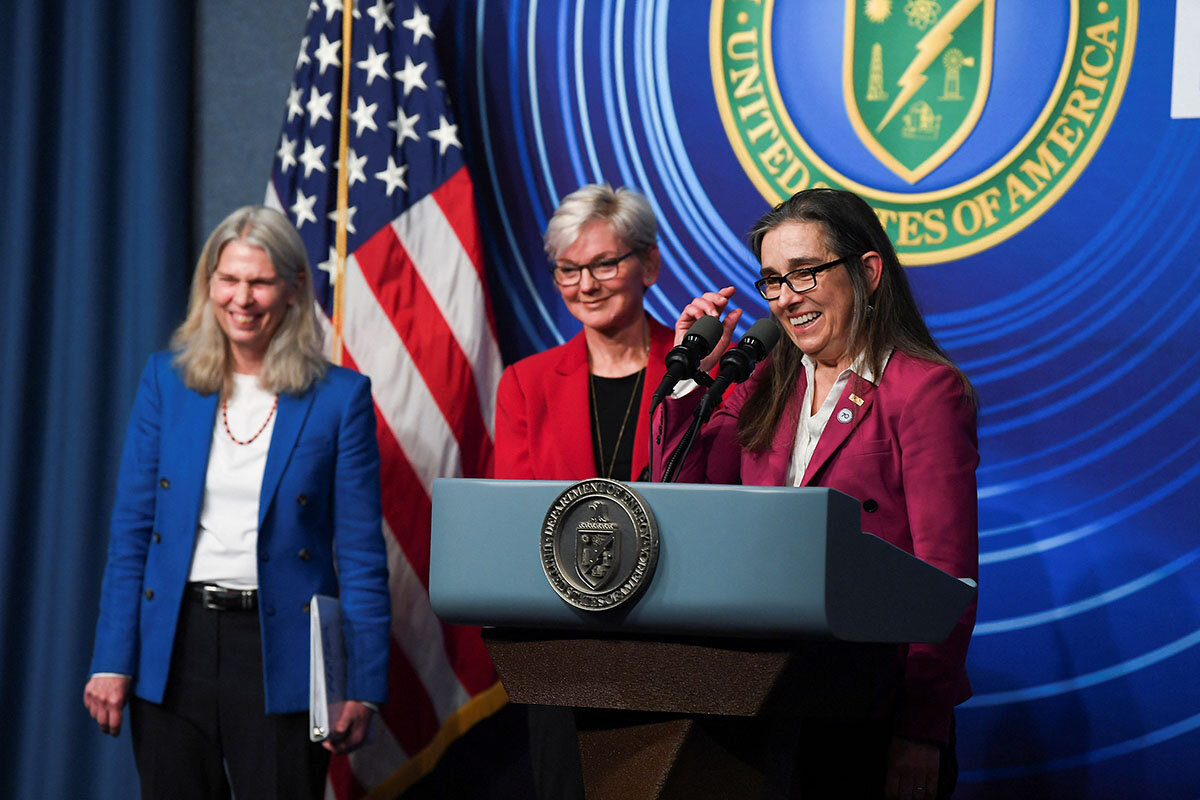A nuclear fusion breakthrough, six decades in the making

 Mark Trumbull
Mark Trumbull
Headlines today hint at the dawn of a new energy age. But they also show the power of persistence.
For the first time, a nuclear fusion experiment has produced more energy in a reaction than was used to ignite it, researchers at the Energy Department’s Lawrence Livermore National Laboratory in California said Tuesday.
The energy production, which happened in the wee hours of Dec. 5, lasted just a fraction of a nanosecond. Yet behind that was decades of envisioning and working toward this moment.
And it will take years more work if the technology is to move from the lab to the world’s power grids. Advances are also happening, of course, in other energy sources beyond fossil fuels, from geothermal to solar. But the quest for nuclear fusion is well worth watching.
“Each experiment we do is building on 60 years of work in this field,” Alex Zylstra, principal experimentalist on the project, said Tuesday at an announcement event livestreamed from Livermore.
One small example: This particular experiment came after seven months of labor to create the tiny capsule to contain the deuterium and tritium (hydrogen isotopes) that were bombarded in the lab by the world’s most powerful laser system.
In short, just as it takes a lot of energy to force the nuclei of two atoms to fuse (giving off energy in the process), it takes a lot of grit and commitment by teams of humans to make that happen.
The work is going on not just at the Livermore Lab but also – as the Monitor has reported – in Europe’s ITER facility, which is pursuing a different approach to harnessing fusion. Private companies also promise to play increasingly important roles.
Along the way, the participants are cheering one another along.
“We’re very supportive of each other in this community,” Tammy Ma, who leads Livermore’s Inertial Fusion Energy Institutional Initiative, said at the Tuesday event. “We really just want to see fusion energy happen” as an abundant and low-carbon resource.



